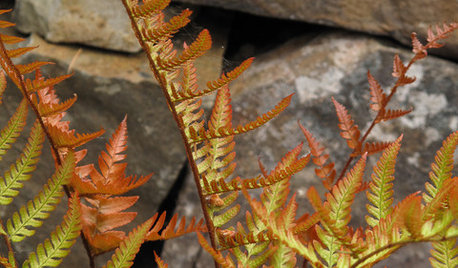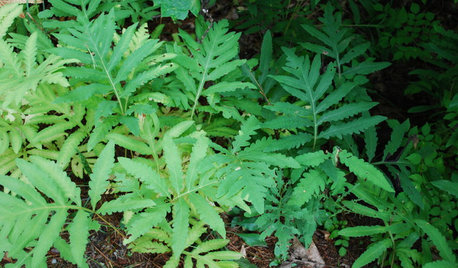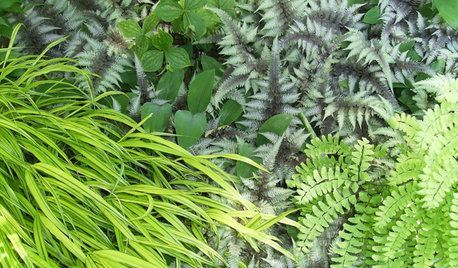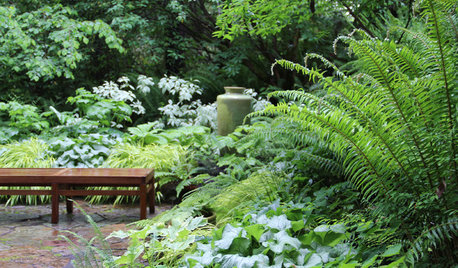Invasive Ferns -- How do I kill them?
luluz5
17 years ago
Featured Answer
Comments (26)
waplummer
17 years agoIris GW
17 years agoRelated Professionals
Beachwood Landscape Architects & Landscape Designers · Marco Island Landscape Architects & Landscape Designers · Berwyn Landscape Contractors · Beverly Hills Landscape Contractors · Oak Forest Landscape Contractors · Pahrump Landscape Contractors · Red Oak Landscape Contractors · Seymour Landscape Contractors · Quartz Hill Landscape Contractors · Commerce City Decks, Patios & Outdoor Enclosures · Lancaster Decks, Patios & Outdoor Enclosures · Larkspur Decks, Patios & Outdoor Enclosures · Salisbury Decks, Patios & Outdoor Enclosures · Somerville Decks, Patios & Outdoor Enclosures · Windsor Decks, Patios & Outdoor Enclosuresrazorback33
17 years agodordee
17 years agonywoodsman
17 years agoJohnnieB
17 years agonywoodsman
17 years agoharrywitmore
17 years agoarcy_gw
17 years agoluluz5
17 years agoJohnnieB
17 years agojjoseph1201_rogers_com
13 years agoml4u_verizon_net
12 years agosoilent_green
12 years agoMEwoods
12 years agodraydean_gmail_com
12 years agoIris GW
12 years agotopsiebeezelbub
12 years agoreyesuela
12 years agogardengal48 (PNW Z8/9)
11 years agodavidrt28 (zone 7)
11 years agojonijumpup, Mich Z5
6 years agoCheryl Plato
3 years agokitasei2
3 years agojonijumpup, Mich Z5
3 years ago
Related Stories

GARDENING GUIDESDo You Have This Invasive Plant in Your Yard?
Garlic mustard is spreading across the U.S. Here’s how to spot it and what to do
Full Story
HOUSEPLANTS8 Houseplants You Can't Kill
They're forgiving and let you forget. Houseplants don't get any easier than this
Full Story
MOST POPULARThe Perfect Houseplant for People Who Kill Houseplants
If you can fill a jar with water, you can keep golden pothos vine happy — and it will pay you back with cleaner air and a greener home
Full Story
HOUSEKEEPINGWhat's That Sound? 9 Home Noises and How to Fix Them
Bumps and thumps might be driving you crazy, but they also might mean big trouble. We give you the lowdown and which pro to call for help
Full Story
LANDSCAPE DESIGNThe 7 Best Plant Types for Creating Privacy and How to Use Them
Follow these tips for using different kinds of plants as living privacy screens
Full Story
GARDENING GUIDESGreat Design Plant: Autumn Fern Adds Color All Year
Use this evergreen, easy-care fern for soft texture and coppery tints in container gardens and the landscape at large
Full Story
GARDENING GUIDESGreat Design Plant: Sensitive Fern Shows Its Strengths
Wondering what will thrive in your wet, shady garden? It’s Onoclea sensibilis to the rescue
Full Story
GARDENING GUIDES6 Fantastic Ferns to Enliven Shady Garden Spots
For long-term interest with little upkeep in challenging conditions, ferns might just be your garden's new best friend
Full Story
FOLIAGEGreat Design Plant: Foxtail Fern
Not actually a fern, this vivid member of the asparagus family has a distinctive appearance to awaken a garden year-round
Full Story
GARDENING GUIDESGreat Design Plant: Western Sword Fern Adds Prehistoric Drama
For distinctive looks and easy care in a shade garden, go for North American native Polystichum munitum
Full Story





tinylady